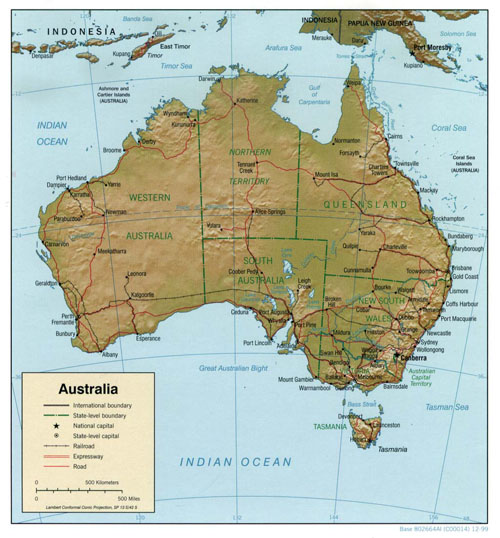March 10, 2008
South Korea’s Baby Boom: Does It Really Exist?
A hearty dose of caution is in order, when considering today’s so-called baby booms. Numerous governments have both introduced and increased payments to couples and, in some cases, single women for having children. Needless to say, little time passes before politicians start to trumpet their “successes.” When there is any true success, it’s generally a tiny bump in the fertility rate.
South Korea has been boosting its child subsidies, and the country’s fertility rate has risen a small amount. But what is the real cause of this improvement? Are the subsidies a partial solution to the nation’s growing crisis, or do they compound the problem by raising government expenditures without actually serving to cure anemic birth rates?
One of the greatest challenges created by collapsed fertility rates is the growth of unsustainable government deficits. On average, it costs more to support a senior citizen than a youth; as societies age, an increasing amount must go toward transfer programs to the elderly, such as (in the US) Social Security, Medicare, and Medicaid. In addition, labor-shortages occur, as the working-age percentage of the population shrinks. The situation could lead to a death spiral, if matters get to the point where adults in their reproductive years spend so much to support the elderly that they can’t afford to have children. Increased government expenditures, targeted to encourage childbearing, will only exacerbate the problem, if they don’t significantly augment the number of births.
South Korea faces a massive demographic crisis as a result of adults having so few children for so many years. As stated in this article, “Amid the low birthrate, South Korea’s population is projected to diminish by two-thirds in the next century, dropping to 16 million from 48 million and creating a national economic and labor-shortage disaster.” “Disaster” is the operative word. No society on earth has ever thrived with such a collapse of population. This is equivalent to a plague of biblical proportions.Unfortunately, though the fertility rate of South Korea has lifted in recent years, the rise might not be due to any social efforts. It may simply be a result of a recent, and temporary, increase in the number of women in their prime child bearing years.As the above linked article points out
experts say that it may be too soon to declare an end to the country’s “baby strike.”
“The boost might be temporary, as it occurred mainly because the children of baby boomers, born shortly after the Korean War, are now of childbearing age,” said Lee Jin-man, an official at the National Statistic Office (NSO).
The following graph from the U.S. Census Bureau, International Data Base, shows the male and female populations of South Korea in 2000 as a function of age. Note that the largest female cohort (right side of the graph) falls in the 25 through 29 age group. In 2005, this group ran from 30 through 34. A graph of this form is typical for developed countries today. With women having most of their children in their very late 20s and during their early 30s, the overall fertility of a society will swell as a relatively large number of women pass through these years. Unfortunately, fertility rate may well fall again, when these women exit their prime childbearing years.
Is the problem a lack of money in the hands of potential parents? Apparently not. As the article states:
While the country’s new president is seeking to raise per capita income to $40,000 within a decade, the current birthrate is barely over 1 child per woman. Yet back in the 1970s, when South Korea’s per capita income stood at a mere $250, the birthrate was an average of 4.5 children per woman.
Some pundits maintain that women will want more children, if more child care is provided, so the women can spend their days at work rather than with their children. But do women really want to have children, only to turn them over to others to raise them. Perhaps not.
Yoon Young-in, a 32 year old female office worker quoted in the article, states that “What we really want is a change in the social concept that childcare is no longer solely the family’s job, but that of the whole society.” It seems, however, that she wants her extended family to care for her children, while she works.
“I am worried because both my mother and mother-in-law put their foot down, saying they don’t want to take care of the grandkids… I don’t blame them since it wasn’t their job to begin with, but it has made the decision-making much harder,” Yoon added with a sigh. “I am not about to leave my baby in the hands of a stranger, but I don’t want to give up my job either.”
The solution to collapsed fertility rates certainly isn’t obvious, and the causes are many and varied. But with far higher standards of living corresponding to fewer children, it doesn’t seem that an inability to afford children is the fundamental determinant. Nor is an absence of programs to get more women out into the workforce.
Comments Off on South Korea’s Baby Boom: Does It Really Exist?


